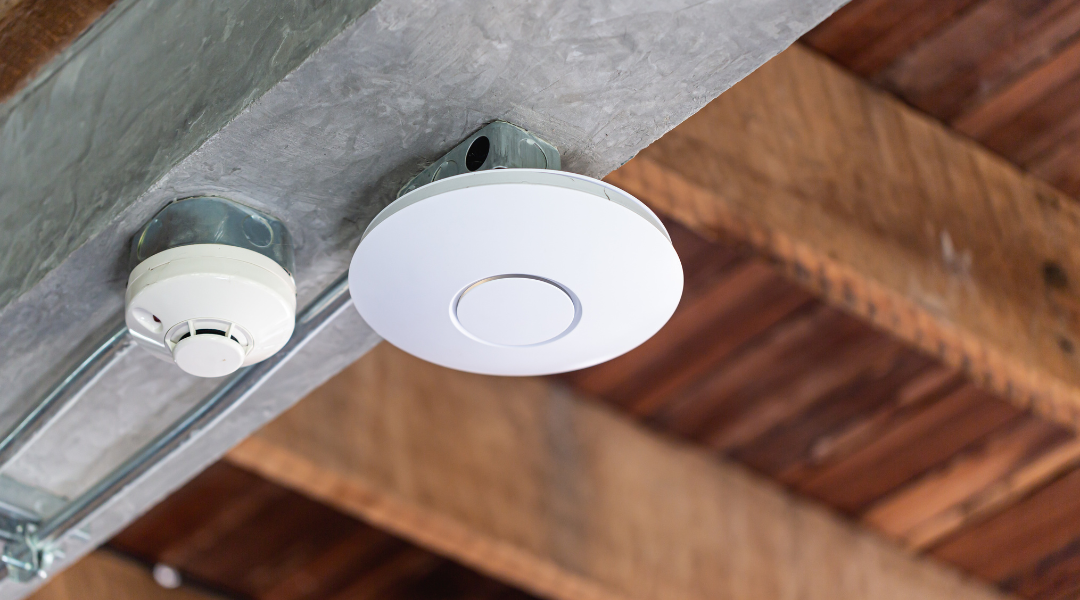Home Networking & Access Points for Robust Wi-Fi Connectivity – Your Digital Backbone
In today's interconnected world, reliable and robust Wi-Fi is no longer a luxury but a necessity. From streaming 4K content to seamless video conferencing and smart home device operation, a strong home network is the digital backbone of modern living. While standard Wi-Fi routers might suffice for smaller spaces, larger homes or those with high demands often require a more sophisticated approach: dedicated home networking and strategically placed access points.
The Limitations of Standard Routers
Many households rely on a single router provided by their internet service provider (ISP). While convenient, these devices often have limitations that lead to poor Wi-Fi performance, especially in:
Larger Homes: Signal strength diminishes significantly with distance and through walls, leading to dead zones.
Homes with Multiple Floors: Signals struggle to penetrate floors and ceilings effectively.
Homes with High Interference: Other electronic devices, building materials, and even neighbouring Wi-Fi networks can cause interference.
Homes with Many Devices: A single router can become overwhelmed by numerous connected devices, leading to slower speeds and dropped connections.
These limitations manifest as frustrating buffering, lag, and inconsistent connectivity, hindering your digital experience.
The Power of Dedicated Home Networking and Access Points
Dedicated home networking, often involving a central router or switch and multiple access points (APs), provides a scalable and robust solution to these common Wi-Fi challenges.
What is an Access Point?
An access point is a device that creates a wireless local area network (WLAN), or Wi-Fi network. Unlike a router, which typically combines routing, switching, and Wi-Fi capabilities, an AP focuses solely on extending wireless coverage. When integrated into a wired home network, APs allow wireless devices to connect to the network from various locations, ensuring consistent signal strength.
Key Benefits of a Professional Setup:
Seamless Coverage: Multiple access points work together to create a single, unified Wi-Fi network throughout your entire home, eliminating dead zones and providing consistent signal strength everywhere.
Enhanced Speed and Performance: By distributing the wireless load across multiple APs, each device experiences better bandwidth and faster speeds, even with many simultaneous connections.
Reliability and Stability: A professionally designed network reduces the risk of dropped connections and provides a much more stable Wi-Fi experience.
Scalability: As your smart home grows and your connectivity needs evolve, a dedicated network can be easily expanded by adding more access points.
Improved Security: Professional networking solutions often include advanced security features and proper network segmentation, protecting your data and devices.
Optimised for Modern Demands: Whether it's 4K streaming, online gaming, or supporting a multitude of smart home devices, a robust network can handle the demands.
For seamless coverage and unparalleled performance, a professional Ubiquiti access point setup offers distinct advantages. These enterprise-grade devices, when strategically deployed, eliminate dead zones by creating a unified and robust Wi-Fi network throughout your property. Their advanced technology ensures enhanced speed and stability, even with numerous connected devices, distributing bandwidth efficiently for optimal performance. Furthermore, a professionally installed Ubiquiti system provides superior scalability for future smart home expansions and offers advanced security features, making it a reliable and future-proof investment in your home's connectivity.
Making an Informed Decision
While a DIY approach to extending Wi-Fi with repeaters or mesh systems can offer some improvement, a professionally installed home network with dedicated access points provides the most comprehensive and reliable solution. It ensures that every corner of your property enjoys strong, fast, and secure Wi-Fi, supporting all your digital needs now and in the future. Investing in a professional networking solution is an investment in your home's digital comfort and functionality.
Elevate Your Home's Connectivity Today
Don't let subpar Wi-Fi hold your digital life back. If you're experiencing dead zones, slow speeds, or unreliable connections, it's time to consider a professional home networking solution. Contact us today for a consultation tailored to your specific needs and discover how robust Wi-Fi connectivity can transform your home.
Frequently Asked Questions
-
A router connects your home network to the internet and typically provides Wi-Fi. An access point extends your existing Wi-Fi coverage by connecting to your network via an Ethernet cable and broadcasting a wireless signal.
-
The number of access points required depends on the size and layout of your home, building materials, and the number of devices you plan to connect. A professional assessment can determine the optimal placement and quantity.
-
Access points primarily improve Wi-Fi coverage and consistency. While they don't increase your internet service provider's speed, they ensure that your devices can fully utilise the available bandwidth across your home.
-
For optimal performance, seamless coverage, and long-term reliability, professional installation is highly recommended. Experts can properly plan network layout, run cabling, configure devices, and troubleshoot any issues.
-
Wi-Fi 6 (802.11ax) and Wi-Fi 6E are the latest Wi-Fi standards offering faster speeds, lower latency, and better performance in congested environments. If you have many devices or high-bandwidth needs, upgrading to Wi-Fi 6/6E compatible access points can significantly improve your experience.
-
While your internet-dependent services will stop working, your local network (e.g., communication between smart home devices that don't rely on cloud services) will typically remain functional.
-
It's important to keep your router and access point firmware updated regularly for security patches and performance improvements. Consider upgrading hardware every 5-7 years to take advantage of newer technologies.

